In India, the crops grown during the rainy season are called Kharif crops, also known as monsoon crops. In India, the season usually lasts for four months from June to September which makes it the best time to grow anything. Because of the significant drop in temperature, the sun gets warmer and rain increases the rapid growth of plants. Some vegetables love the rainy season and grow magically at this time of year. So, choosing the right kind of vegetables is important. Let’s check out rainy season vegetables in India.
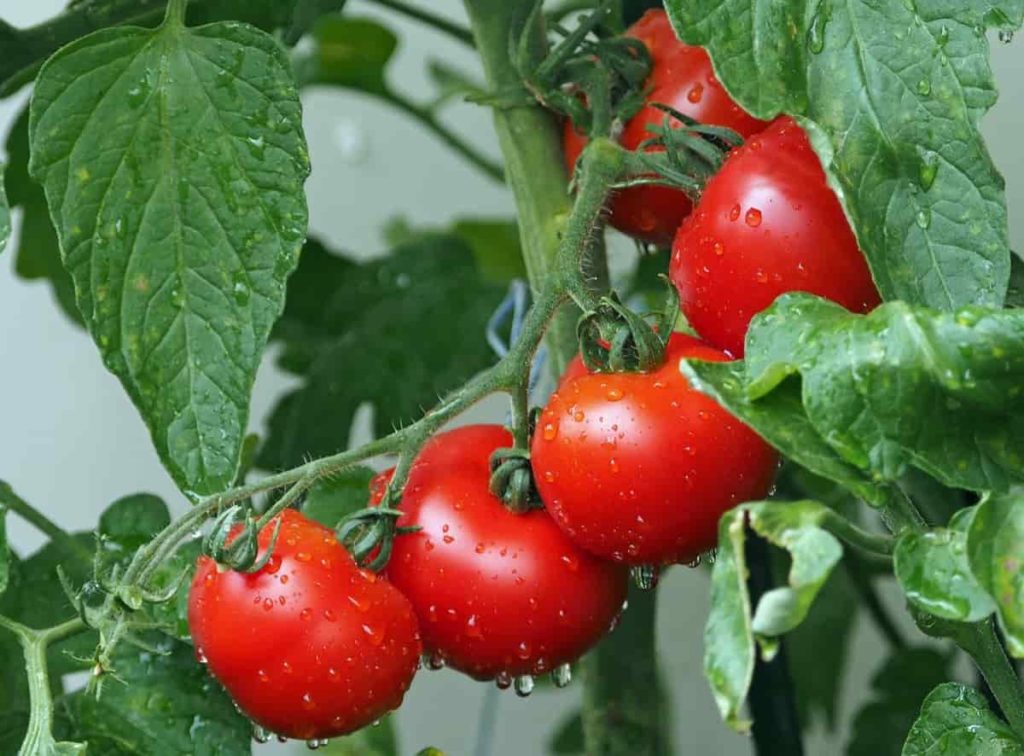
There are different types of vegetables in the rainy season. But it is important to know which vegetables to grow in the rainy season. Some plants need a specific environment to thrive, temperature levels, humidity, soil pH levels – these are the factors that play an important role in plant growth and development. Plants often need special care to grow in high humidity. Extreme fluctuations in temperature can be detrimental to plant growth. Therefore, one should know which plants to grow in which season.
Conditions for planting vegetables in the Rainy season
Monsoon is the best time for vegetable plants. The monsoon or rainy season is good for plants and also for small insects and fungi that eat them. Now we have a clear idea of this situation. If you live in India then you are aware of this situation. Prolonged contact with moisture increases the risk of fungal and insect attacks. Aphids, mildew, snails, and slugs are very common during the rainy season.
Drainage
Proper drainage is an important element for every plant. On monsoon or rainy days, closed or reduced hard soil can create a hell of a situation for your plant. In the rainy season, water logging is a frequent problem and restricts plant growth. When the problem is severe, the roots do not have enough oxygen to breathe and they may eventually die. So, before the monsoon starts, prepare your planting vegetables with good drainage. Some of the steps you can take to allow for good drainage are the use of a mix of grow bags, coco peat, or other potting mixes that do not hold water.
Provide support to plants
Plants often break or fall off during strong monsoon winds. Help your plants cope with the monsoon winds.
Soil
Care of soil is always important for any plant lover and this is important in the rainy season. The soil should be prepared before the first rains of the season.
In case you miss this: Soil Preparation In Agriculture, Methods, And Tips
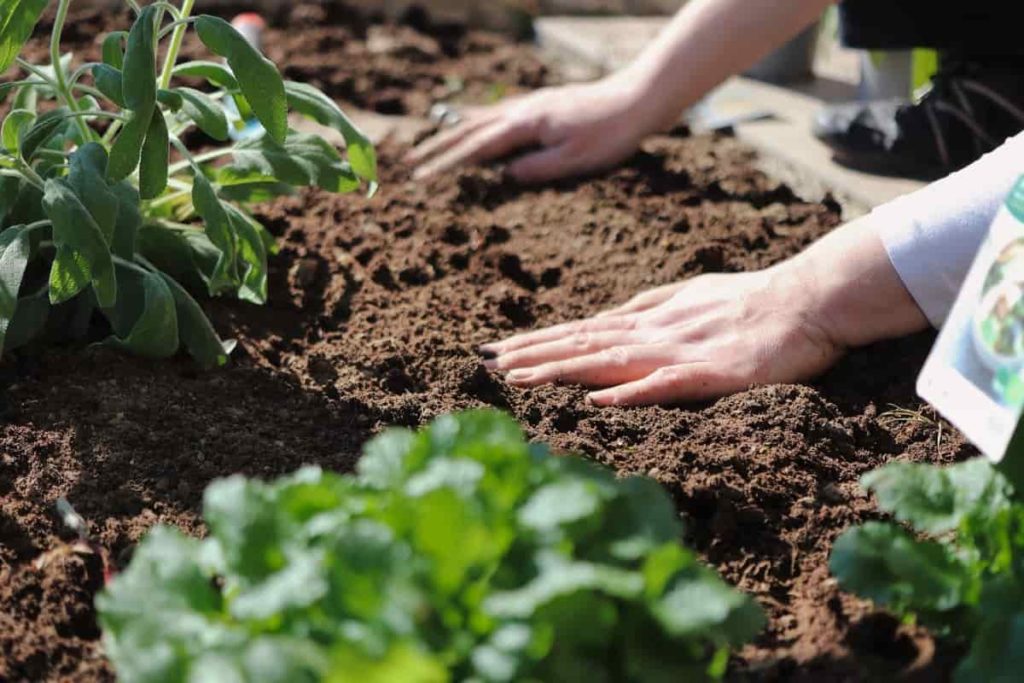
Pruning and mulching
The first rains of the monsoon accelerate the growth of plants. Pruning, trimming and removing dead branches before the first rains help the plant to grow in the right direction. Mulching before the monsoon will help retain soil nutrients.
Fertilizers
Soil erosion is common during the rainy season. The top layers of fertile soil are washed away by the rains. This happens more often if you do not use pots or grow bags. Therefore, apply essential fertilizers like NPK, cow dung, neem extract, fertilizer, etc., to keep the soil fertile.
Watering
Water is essential for every plant. You can think of it as a source of life for plants. Watering should be done carefully, especially during the monsoon or rainy season. Recommend watering only in 15 days and only when needed. It is a scientifically proven fact that more underwater plants die due to excess water. Therefore, killing a plant without water is more difficult than killing it with more water.
Take care of vegetable plants in the rainy season
- Be sure to check their plants before watering them. During this time, plants need very little water. Giving too much water can damage the roots.
- Never water the vegetable plants after 3 pm.
- Make sure that the drainage system is correct as there cannot be any stagnant water.
- Plants are susceptible to worms during the monsoon season. Make sure to check the plant beds regularly for any infections. However, earthworms are good for them because they dig holes in the soil which helps in nitrating.
- Moisture levels are high during the monsoon, so make sure the plants get proper ventilation and light.
- If you need to fertilize your plant, do it between 7 and 11 a.m.
- Apply pesticides and fungicides to your plants once a week to prevent pests and diseases as they easily catch insects during the monsoon.
- You can use perforated sheets instead of plastic sheets to cover your plants if they are on the roof or porch. This will help them to spray water.
- It is always advisable to cut the plants before the monsoon.
- Don’t forget to keep the plant in the right place to protect it from rain.
Rainy season vegetables in India
Cucumber
Cucumber is an easily grown vegetable that loves water and sunshine. Cucumbers grow in an instant because they get constant water and heat. It can easily develop in a small space due to its climbing abilities.
In case you miss this: Hydroponic Cucumber Farming, Planting Procedure
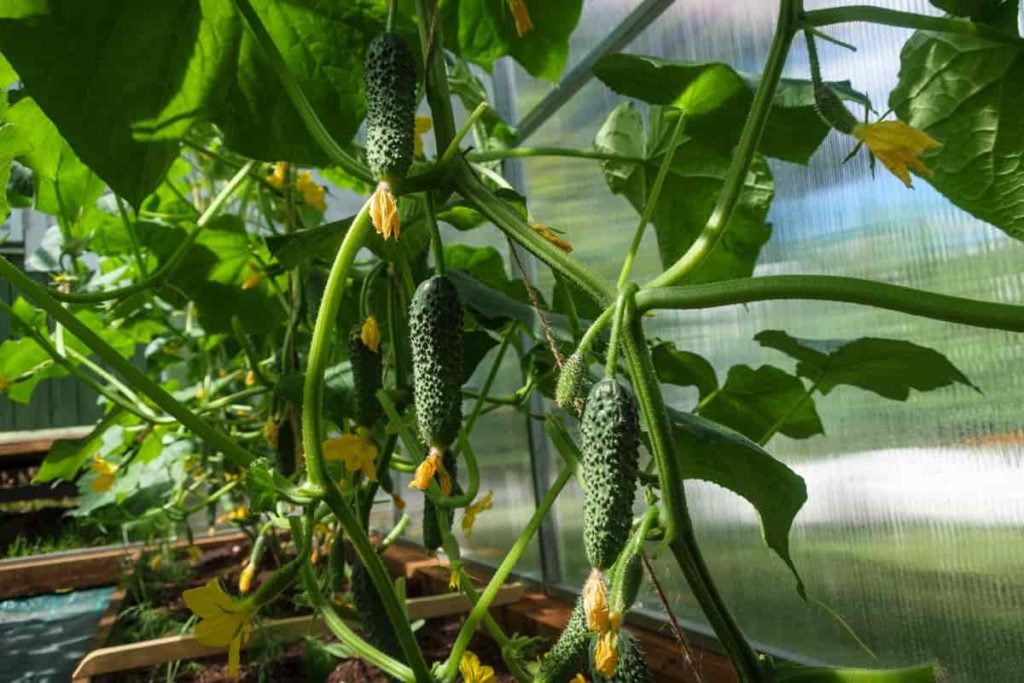
Tomatoes
Tomatoes are very easy to grow, they are versatile in the kitchen and there is nothing better than home juicy tomatoes. The best time to grow tomatoes in the rainy season in North India is June-August and in South India July-August. Tomatoes are sun-loving, but they need well-drained soil to thrive. Tomatoes are easy to grow.
Radish
This easily grown root vegetable is ready for harvesting within three weeks after planting. Therefore, it can be planted several times in the growing season. Peppery flavored radishes are something you will not leave out of your diet, whether as a salad or as a staple food. Also, its lips are used in soups because of the smacking taste. The best part is that it will be ready for harvesting within 3 weeks after planting, allowing you to grow several times during the growing season.
In case you miss this: Radish Gardening For Beginners – How To Start, FAQs
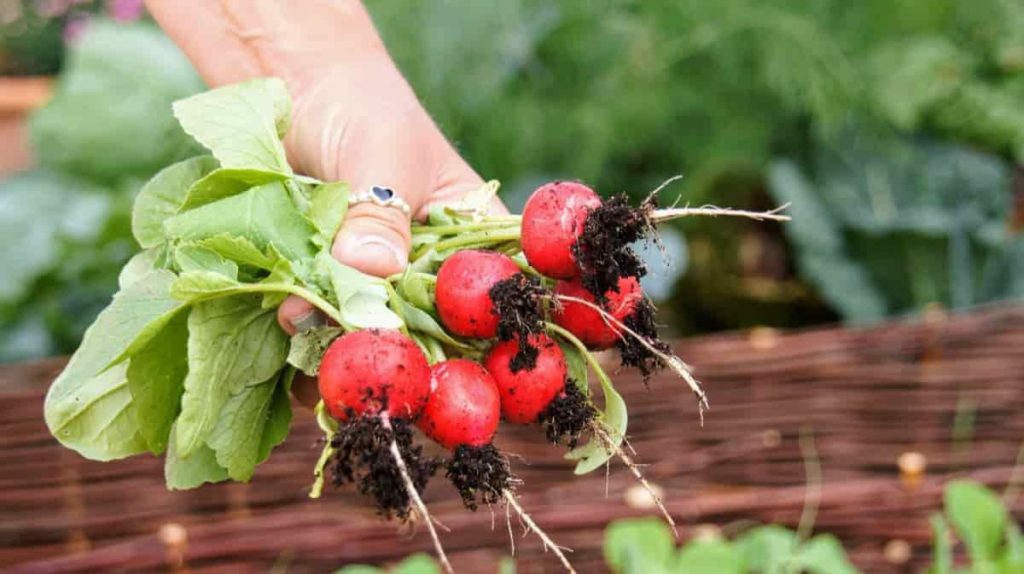
Beans
Beans are very easy to plant, care for and harvest, making them an excellent plant to grow. The best time to grow beans in the monsoon season in India is between July and August. They thrive in cold climates, making it possible to grow in the monsoon.
Bitter gourd
It is one of the healthiest vegetables of the rainy season. It belongs to the family Cucurbitaceae.
Green Chillies
Monsoon season is the best season to spice up your dishes as it is the season to grow Green Chillies. The taste of Indian food is incomplete unless you season it with hot Green Chillies and the best thing is that you can easily grow these Chillies at home. It is a tropical crop that can be grown in red, loamy, and clayey soils.
Green peppers can be easily grown at home even during the monsoon season. For the monsoon season, the seeds should be sown and germinated in early May and sown in a mixture of soil, sand, and powder fertilizer in a ratio of 3: 3: 3. Give it a small amount of water daily. Plants that grow within four days can be replanted after 15 days.
Eggplant
It is also known as Brinjal and it can be successfully grown during a rainy season. In the rainy season, it is grown in the month of June-July. Eggplant plants can be grown in any type of soil, from light sandy to heavy soils. Soils with well-drained and rich in organic matter have a pH range of 6.5-7.5.
In case you miss this: Growing Eggplant from Seeds – At Home
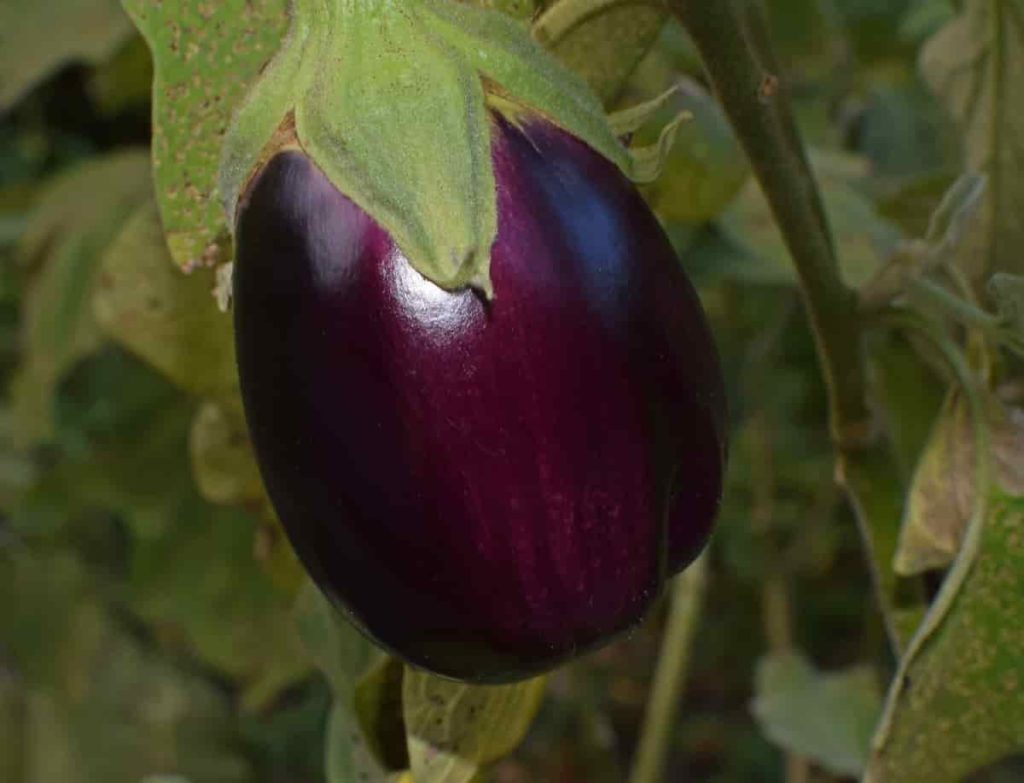
Bhendi
Bhendi is also called Okra and it is one of the most popular vegetables in India. It is also easy to grow, requiring a hot and humid climate for its growth. The onset of the rainy season in India is the best time to grow Okra.
Beetroot
It is best to grow beets in a large pot with a drainage hole with organic soil. It is enough to water it once in 5-6 days as it gets rainwater anyway. Just make sure there is not too much water as it can damage the plant. Beetroot plants usually appear after 15 days and are ready for harvest about 2 months after sowing.
Cauliflower
Cauliflower is another vegetable that grows well in the monsoon season. It is available in three types which are early, important and late. These are early and important season varieties that are sown from May to August and September to October and are best for the rainy season. Although moisture-holding soil is best for the late season and summer, soil that dries out quickly is a better option for rainy season cultivation. Cauliflower is usually ready for harvest 90-120 days after planting.
In case you miss this: Cauliflower Pests, Diseases, And Control Methods
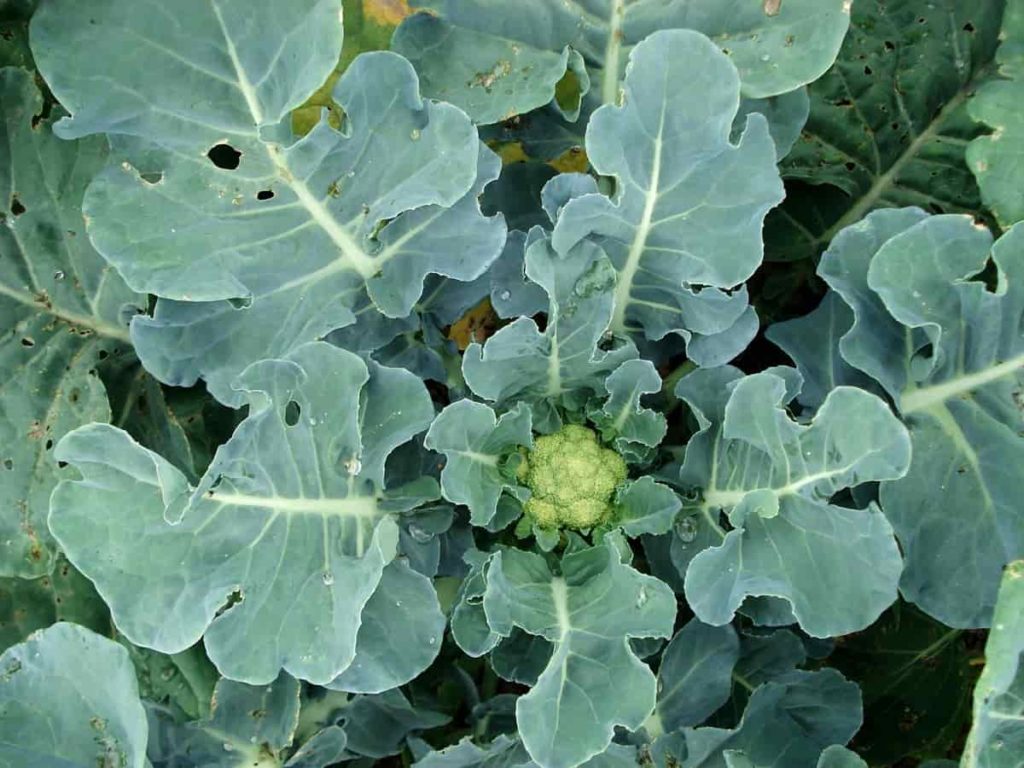
Tinda
Tinda is easy to grow in the rainy season. It is grown best in the tropical and sub-tropical climates of India and is considered an annual.
Other rainy season veggies include Bamboo shoots, Chaya, Chayote, Malabar Spinach, Mustard greens, Okra, Pumpkin, Roselle, Sweet Potato, Tropical/Indian Lettuce, etc.
- How to Make Houseplants Bushy: Effective Tips and Ideas
- Innovative Strategies for Boosting Coconut Pollination and Yield
- Pollination Strategies for Maximum Pumpkin Yield
- The Complete Guide to Chicken Fattening: Strategies for Maximum Growth
- Natural Solutions for Tulip Problems: 100% Effective Remedies for Leaf and Bulb-Related Issues
- Revolutionizing Citrus Preservation: Towards a Healthier, Greener Future
- Natural Solutions for Peony Leaf and Flower Problems: 100% Effective Remedies
- Maximizing Profits with Avocado Contract Farming in India: A Comprehensive Guide
- Natural Solutions for Hydrangea Problems: 100% Effective Remedies for Leaf and Flowers
- The Ultimate Guide to Choosing the Perfect Foliage Friend: Bringing Life Indoors
- From Sunlight to Sustainability: 15 Ways to Use Solar Technology in Agriculture
- The Ultimate Guide to Dong Tao Chicken: Exploring from History to Raising
- The Eco-Friendly Makeover: How to Convert Your Unused Swimming Pool into a Fish Pond
- Mastering the Art of Delaware Chicken Farming: Essentials for Healthy Backyard Flocks
- 20 Best Homemade Fertilizers for Money Plant: DIY Recipes and Application Methods
- How to Craft a Comprehensive Free-Range Chicken Farming Business Plan
- Brighten Your Flock: Raising Easter Egger Chickens for Beauty and Bounty
- How to Optimize Your Poultry Egg Farm Business Plan with These Strategies
- Subsidy for Spirulina Cultivation: How Indian Government Schemes Encouraging Spirulina Farmers
- Ultimate Guide to Raising Dominique Chickens: Breeding, Feeding, Egg-Production, and Care
- Mastering the Art of Raising Jersey Giant Chickens: Care, Feeding, and More
- Ultimate Guide to Raising Legbar Chickens: Breeding, Farming Practices, Diet, Egg-Production
- How to Raise Welsummer Chickens: A Comprehensive Guide for Beginners
- How to Protect Indoor Plants in Winter: A Comprehensive Guide
- Ultimate Guide to Grow Bag Gardening: Tips, Tricks, and Planting Ideas for Urban Gardeners
- Guide to Lotus Cultivation: How to Propagate, Plant, Grow, Care, Cost, and Profit
- Agriculture Drone Subsidy Scheme: Government Kisan Subsidy, License, and How to Apply Online
- Ultimate Guide to Raising Araucana Chickens: Breed Profile, Farming Economics, Diet, and Care
- Bringing Hydroponics to Classroom: Importance, Benefits of Learning for School Students
- Ultimate Guide to Raising Polish Chickens: Breed Profile, Farming Economics, Diet, and Care
- Ultimate Guide to Raising Australorp Chickens: Profile, Farming Economics, Egg Production, Diet, and Care
- Silkie Chicken Farming: Raising Practices, Varieties, Egg Production, Diet, and Care
- Sussex Chicken Farming: Raising Practices, Varieties, Egg Production, Diet and Care
- Homemade Feed Formulations for Livestock: Discover Cost-effective Starter to Finisher Feed Recipes
- 20 Best Pig Weight Gain Supplements: Top Swine Weight Gain Formulas
- Ultimate Guide to Elderberry Farming: Propagation, Planting, Yield, Cost, and Profit